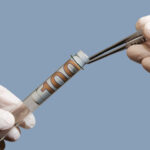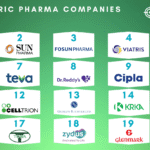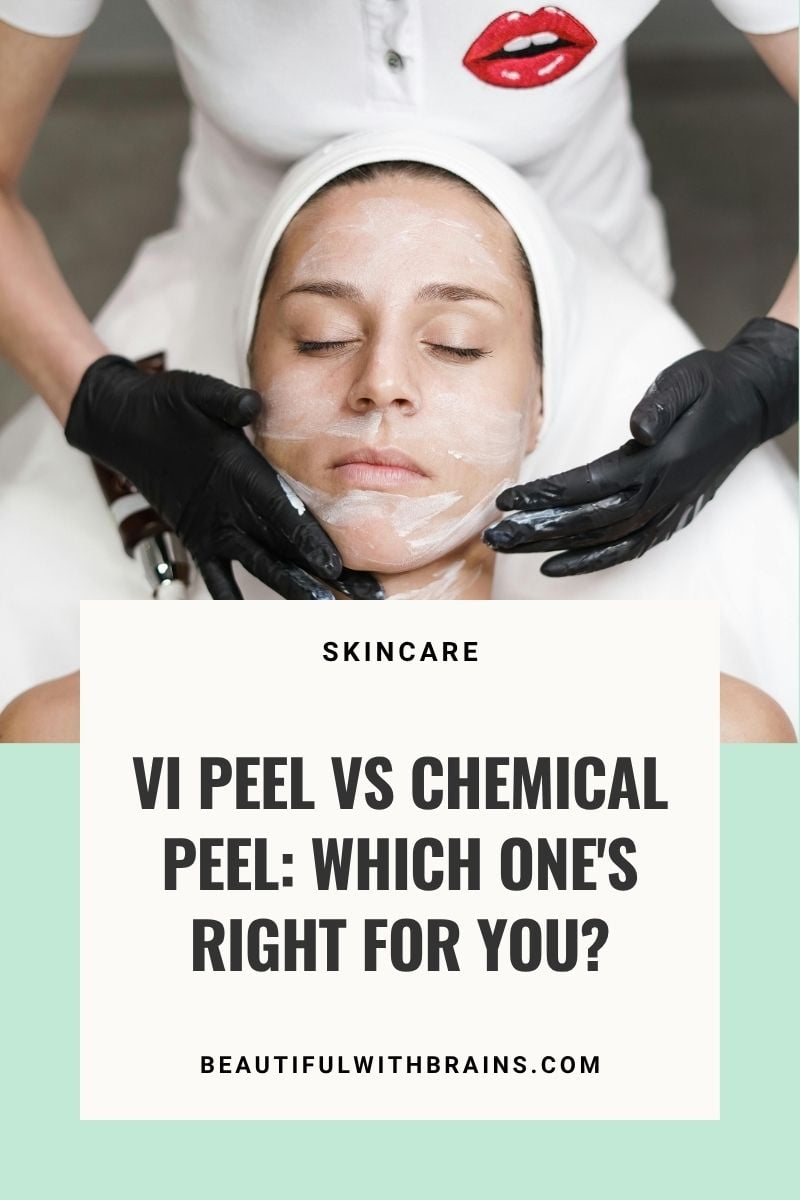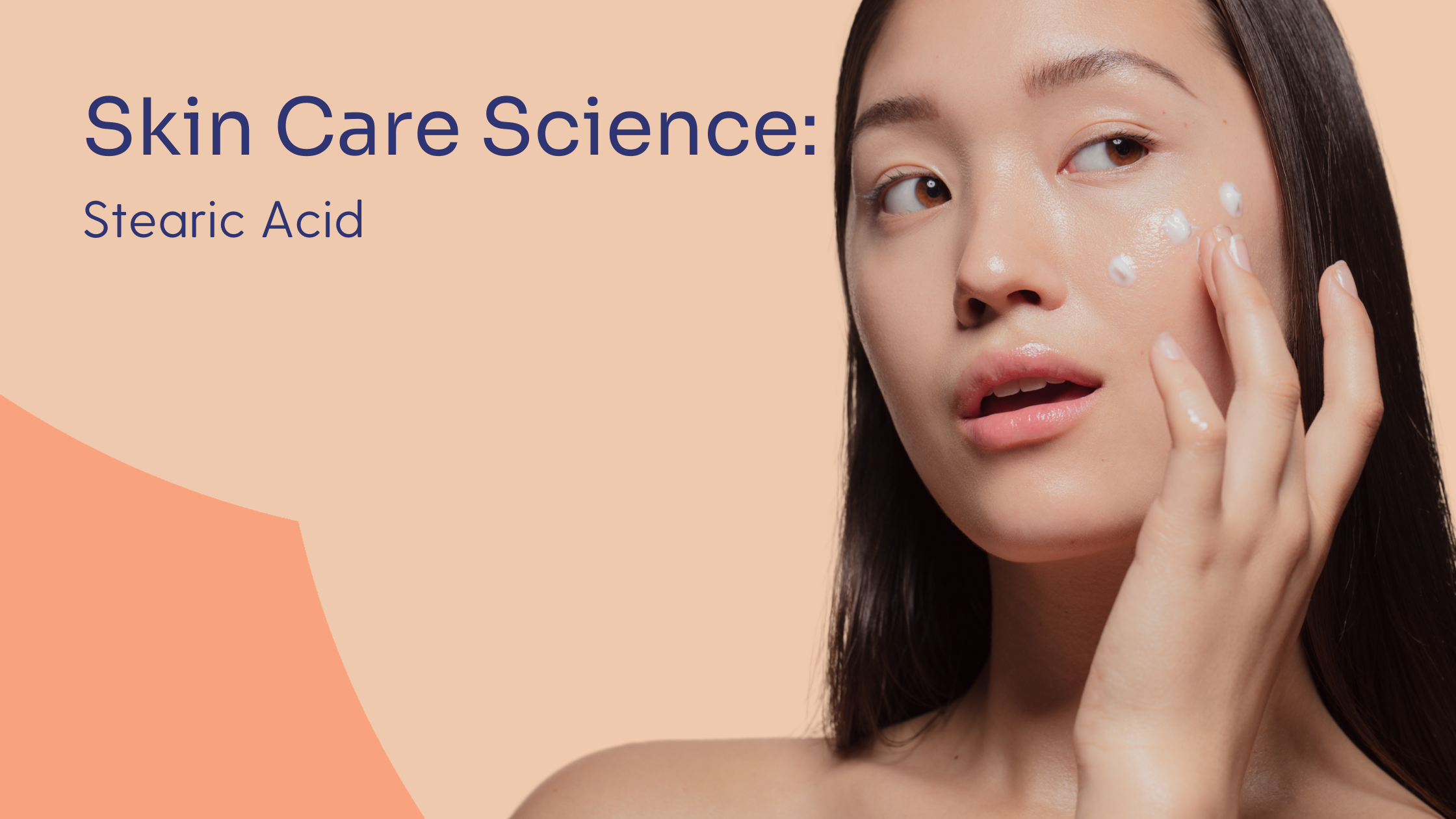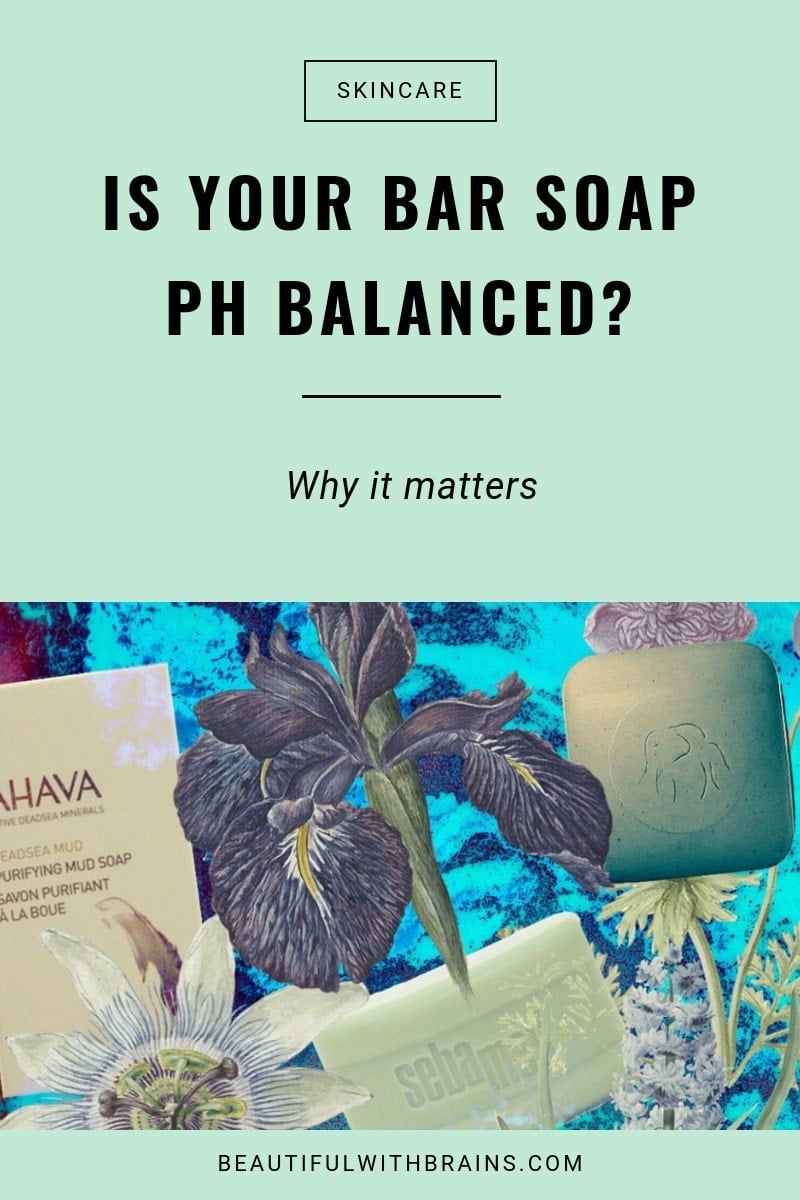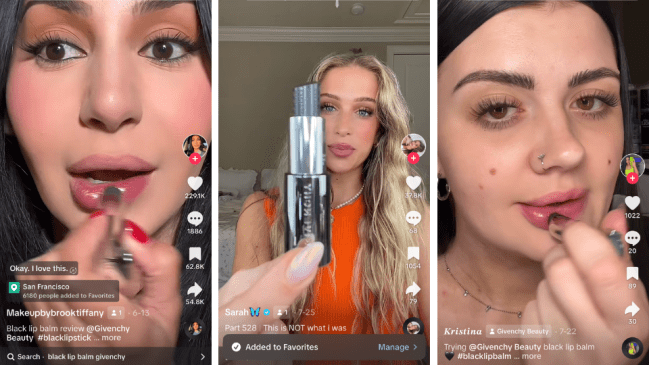
If you’ve ever typed Eucerin vs Cetaphil into Google, you’ve probably ended up more confused than when you started. Some skincare lovers on TikTok make it sound like Cetaphil products are the only thing you need for sensitive skin, while dermatologists keep swearing by Eucerin lotion for everything from atopic dermatitis to very dry skin. So who’s right? And more importantly, which one is actually the better choice for your skincare routine? Let’s talk it through like friends, because both brands have their strengths – and their limits.
About Cetaphil
Oscar Troplowitz was the businessman who made sure the world got products like Nivea and later the Cetaphil products we all know. Cetaphil is like that friend who never causes drama. The formulas are super simple, fragrance-free, and made for sensitive skin that freaks out at the smallest thing. Their gentle skin cleanser is famous because it doesn’t strip or sting, and the cetaphil moisturizing lotion is an easy everyday choice if you’ve got a dry skin type, normal skin, or even acne-prone skin that hates heavy products. What makes Cetaphil such a popular choice is that it avoids all the flashy active ingredients that can lead to allergic reactions. It’s not going to erase dark spots or totally change your skin condition, but it will keep your skin barrier calm and steady. If you just want a non-comedogenic formula you can use on repeat without thinking twice, Cetaphil products are a safe bet.
About Eucerin
Eucerin’s roots go all the way back to Paul C. Beiersdorf in the 1800s, with dermatologist Paul Gerson Unna pushing the whole “let’s fix skin irritation with science” thing. It’s more like the problem-solver in the group. Instead of keeping things super basic, an Eucerin product usually comes packed with active ingredients – hyaluronic acid for long-lasting hydration, lactic acid to smooth out dead skin cells, colloidal oatmeal to calm itchy skin, even full ranges like the Eucerin Pro Acne Solution for breakouts. It’s the brand dermatologists reach for when you’re dealing with eczema-prone skin, very dry skin, or atopic dermatitis that needs more than just lightweight moisturizers.
Eucerin lotions and body creams feel richer, and they’re designed to actually repair the skin barrier and prevent water loss. That makes them the better choice if you want more than maintenance – you want results. Basically, if Cetaphil is your everyday “keep it chill” routine, Eucerin is the one you grab when your skin’s throwing a tantrum and you need something stronger.
Struggling to put together a skincare routine that banishes dryness and makes your skin supple and dewy? Download your FREE “Best Skincare Routine For Dry Skin” to get started (it features product recommendations + right application order):
Main Ingredients and Why They Matter
This is the part people always skip to, because honestly? What’s inside the bottle is what makes or breaks a skin-care brand. And this is where you see why Cetaphil vs Eucerin feels like comparing oat milk to espresso – both technically “drinks,” but totally different jobs.
CETAPHIL
- Glycerin: The absolute backbone of Cetaphil moisturizers. It’s a humectant, meaning it drags water into your skin and keeps it there.It makes your skin look plump short term and it literally changes how your barrier holds water.
- Panthenol (B5): Converts to pantothenic acid inside the skin, which your cells use to repair themselves. Panthenol speeds up barrier recovery and reduces irritation after the skin gets damaged. That’s why Cetaphil sticks it in their Pro Itch lines – it’s proven first-aid for redness and stinging.
- Niacinamide: The all-rounder. Studies showeven 2% niacinamide boosts ceramide production, reduces water loss, and improves barrier recovery in 4 weeks. It also helps regulate oil and lighten dark spots. Cetaphil sneaks this in so their lotions aren’t just “basic hydration.”
EUCERIN
Cetaphil Moisturising Lotion VS Eucerin Aquaphor Soothing Balm
Cetaphil Moisturising Lotion and Eucerin Aquaphor Balm are technically both “moisturizers,” (and the best dry skin moisturizers from each brand) but they couldn’t feel more different once you put them on. Cetaphil lotion is lightweight moisturizer and sinks in fast – perfect for everyday use if you’ve got normal or dry skin that just needs some barrier support. It’s got glycerin and panthenol for hydration, niacinamide and vitamin E for a little extra skin health, plus avocado and sunflower oils so it doesn’t feel like plain water. The downside? That isopropyl palmitate in there can be a nightmare if you’re acne-prone, since it’s known to clog pores.
Aquaphor, on the other hand, is a whole different texture – thick, greasy, waxy. The ingredient list is super simple: mineral oil, waxes, lanolin, panthenol, glycerin, and bisabolol. It’s not trying to brighten your skin or smooth texture; it’s literally there to seal everything in and stop water loss. Think of it like clingfilm for your face. That makes it amazing if your skin barrier is trashed, if you’ve got eczema patches, cracked lips, or peeling from retinoids. But for oily skin, it’s a disaster – you’ll feel smothered and look shiny. Neither has fragrance, so you don’t have to worry about irritation there.
Really, it comes down to what your skin actually needs: Cetaphil is the lightweight, everyday moisturizer that hydrates without drama, while Aquaphor is the heavy-duty rescue balm you break out when your skin is falling apart.
Cetaphil Gentle Skin Cleanser vs Eucerin Dermopure Purifying Cleanser
Cetaphil Daily Facial Cleanser, the one everyone’s mom had in the bathroom at some point, feels less like a cleanser and more like you’re rubbing watered-down lotion on your face. It’s creamy, it doesn’t foam, it just kind of slides around and then rinses off. That’s because the main cleansing agent is super mild, so it’s not stripping your skin barrier. They threw in glycerin and panthenol to keep you hydrated, niacinamide so you can at least pretend you’re doing something extra for your skin, and cetearyl alcohol to give it that smooth feel. It’s the type of cleanser you reach for when your skin is pissed off at everything – sensitive, reactive, eczema, whatever. You can use it morning and night and it won’t make things worse. But the flip side? It barely makes things better either. If you’ve got oily skin or acne-prone skin, it’s useless on its own. You’ll wash your face and still feel like there’s a film sitting there. Makeup doesn’t fully budge, sunscreen hangs around, and breakouts just shrug at it. It’s safe, it’s boring, it’s… fine.
Now Eucerin Dermopure Purifying Cleanser is a whole other story. This one foams, and not in the soft creamy way – it’s got sodium laureth sulfate in it, so yeah, it gives you that squeaky-clean vibe straight away. Add salicylic acid and suddenly you’ve got a cleanser that actually does something – it digs in the pores, clears out gunk, goes after the blackheads. There’s propylene glycol in there so your skin doesn’t turn to sandpaper, but let’s be real: if you’ve got dry or sensitive skin, this will feel too harsh, especially if your barrier is already crying. For oily skin though? Game changer. It actually feels like your face is clean, like you hit reset.
So when you stack them against each other, they’re not even pretending to play the same game. Cetaphil is for the days your skin is throwing a tantrum and you just want to get through cleansing without making it worse. Eucerin is for when you’re greasy, breaking out, and you want something strong enough to cut through the mess. Cetaphil is gentle to the point of being useless on acne, Eucerin is strong enough to clear but also strong enough to wreck you if you’re not careful. One’s baby shampoo energy, the other’s power-wash energy. Which one wins? Depends if your skin needs a cuddle or a drill sergeant.
Cetaphil Gentle Clear Triple Action Blemish Serum vs Eucerin Dermopure Clinical Peeling 10
Cetaphil’s Triple Action Blemish Serum is like the cautious version of an exfoliation product. It’s got gluconolactone (a PHA), succinic acid, and a little salicylic acid – so technically, yeah, it’s exfoliating, but it’s doing it in the slow, gentle way. The base is loaded with glycerin and panthenol to hydrate, niacinamide to calm things down, and zinc to keep oil in check. It’s the kind of serum you can slap on daily without feeling like your face is going to peel off. If your skin is sensitive, acne-prone, or you just don’t trust strong acids, it’s a good “training wheels” product. But don’t expect overnight miracles – it’s more about keeping things balanced and preventing future breakouts than actually digging deep into clogged pores fast.
Eucerin’s Dermopure Peeling 10, though? That’s the aggressive sibling. This one is built to be a proper exfoliation product. You’ve got glycolic acid doing the heavy lifting, backed up by salicylic acid for the pores. There’s still some glycerin and panthenol in there to stop it from burning your face off completely, but make no mistake – this is stronger. It foams a bit when you put it on, it stings if your skin barrier is weak, and it absolutely goes after texture, clogged pores, and stubborn breakouts. You’ll actually feel it working, which can be good or bad depending on how much your skin can handle.
So if Cetaphil’s serum is the polite exfoliator that knocks softly on the door, Eucerin’s peeling is the one kicking it in. Cetaphil is the everyday, slow and steady option that won’t wreck sensitive skin. Eucerin is the once-or-twice-a-week treatment that blasts dead skin cells and grease straight off your face. Pick your fighter depending on whether your skin needs a gentle nudge or a full reset.
Cetaphil PRO Itch Prone Moisturising Body Lotion vs Eucerin Atocontrol Balm
Cetaphil PRO Itch Prone feels like they tried to throw the whole kitchen sink in there. Glycerin, sunflower oil, shea butter, niacinamide, hyaluronic acid, panthenol, vitamin E – it’s got a bit of everything. And when you put it on, yeah, it’s light, lotion-y, spreads easy, sinks in without leaving you sticky. If your skin’s just dry and itchy from winter or too much hot water in the shower, it does the job. Calms the itch, makes you feel normal again. But it’s surface-level comfort – you know that kind of relief that fades after a few hours? That’s what this feels like. It’s more “cosmetic” soothing than actually fixing anything serious.
Eucerin Atocontrol Balm is heavier, you can tell straight away. Still has shea butter and glycerin, but then it’s loaded with evening primrose oil, grape seed oil, ceramides, licorice extract. It’s thicker, it clings to your skin, it leaves that protective film that makes you feel like your skin’s wrapped in something. Not in a gross greasy way, but you notice it’s there. And the difference is, this one isn’t just calming the itch – it’s working deeper on the barrier, it’s built for proper eczema flare-ups, atopic dermatitis, skin that’s not just “a bit dry” but properly pissed off.
So side by side, Cetaphil’s lotion is for those everyday itches, the “my skin’s a little dry and annoying” moments. It’s light, it’s easy, you can slap it on and forget about it. Eucerin’s balm is for the nights you want to claw your arms off, when your skin’s angry, red, and flaky. Cetaphil is like a quick scratch, Eucerin is like someone actually fixing the reason you’re itchy in the first place.
The Main Differences Between Cetaphil vs Eucerin
Cetaphil is about keeping skin calm. It’s fragrance-free, lightweight, and built around humectants and barrier helpers. Texture is always lotiony, fast-absorbing, non-sticky. It’s the “soap substitute” and “daily moisturizer” side of the aisle.
Eucerin is about fixing problems. They don’t mind giving you a balm so thick it feels like Vaseline if that’s what works. They’ll throw urea or glycolic acid at scaly skin, salicylic acid at acne, oatmeal at eczema. Their formulas feel more clinical, more like body products and treatment creams than everyday cosmetics.
Best for Sensitive and Reactive Skin
If your barrier is fragile and every new product makes you flare up? Cetaphil wins. Their Gentle Skin Cleanser is famous for a reason – it uses sodium cocoyl isethionate (one of the mildest surfactants) so it feels like washing with lotion. Their moisturizers avoid fragrance and essential oils, so there’s very little to trigger irritation. Eucerin can work here too, but it’s more hit-and-miss. Their Atocontrol Balm with ceramides and licorice extract is amazing for eczema flare-ups, but products with glycolic or salicylic acid can be too much. Sensitive skin usually needs soothing, not exfoliation.
Best for Acne-Prone Skin
Cetaphil does okay here. Their Daily Facial Cleanser is gentle enough for acne skin that’s inflamed from too many treatments. But most Cetaphil moisturizers include isopropyl palmitate – comedogenic for some people – so you have to patch test. Eucerin Dermopure, though, is built for acne. Salicylic acid clears pores, glycolic acid smooths texture, and studies back this up. Studies show salicylic acid was effective at reducing comedones without the irritation of benzoyl peroxide. Eucerin basically leans on that research to justify their acne line.
Related: Salicylic Acid VS Benzoyl Peroxide: Which One Should You Use?
Availability
Cetaphil products are available at Boots, Sephora, Superdrug, Target, Ulta, and Walmart
Eucerin products are available at Boots, Superdrug and Target
The Bottom Line
If you want skincare that’s easy, safe, and won’t ever stir up drama, Cetaphil’s your everyday buddy – cleansers that feel like lotion, moisturizers that hydrate without a fuss, barrier-friendly formulas that won’t backfire on sensitive or reactive skin. But if your skin isn’t just “a bit dry” and actually needs fixing – we’re talking itchy eczema patches, rough scaly legs, or clogged, angry pores – Eucerin brings the firepower. Urea, ceramides, glycolic acid, salicylic acid, oatmeal, licorice… their formulas feel thicker, heavier, more clinical, but they’re built to treat things, not just babysit them. Most people end up using both: Cetaphil for the boring daily maintenance that keeps skin calm, and Eucerin as the rescue squad when your barrier’s wrecked, your eczema’s flaring, or your acne needs more than “gentle.” Neither is “better” for everyone – the best choice is the one that matches your skin’s reality right now.



